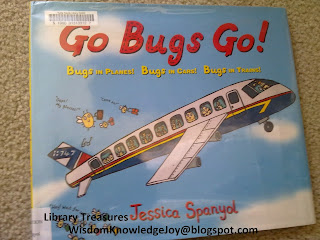A few years ago, my friend, Michelle, inspired me by teaching her two-year-old scripture passages. I realized that the time was quickly approaching when my kids would be ready to memorize scripture, and began to think about what that should look like.
Growing up in a dedicated family, church, and Christian school, I memorized many verses. I am grateful now for what was stored in my young heart. As I look back, I see that some of the verses I memorized as a child are more useful than others.
Passages that lead to knowledge of God
My parents taught me John 3:16 before I was four-years-old. It was reviewed many times during my child hood. This is one of the most precious verses they could have given me. The whole gospel, clearly written on my heart with love. It speaks of God's graciousness, and nothing is more central to my faith.
Now that I am choosing passages for my own children, I want to choose passages that are central to the character of God. Many of the verses chosen for children are focused on details of behavior. I think this is a mistake. Focusing on behavioral details in Bible memory tells the child that getting those details right is the most important thing. According to Jesus, Knowing and loving God is the most important thing. (See Mark 12:29.)
Long passages, thoroughly reviewed
Each year the teachers in my Christian elementary school would introduce a "passage of the year." The class would memorize the passage at the beginning of the year and recite every day for the rest of the year. To this day, I can quote Exodus 20 in the King James, even though I have not reviewed it in the twenty years that have passed since I finished the first grade
Remembering extended passages, is valuable to me as an adult. If I am thinking through a situation, searching for words for prayer, or giving a defense, I have entire discussions at my disposal. It is easy to remember where large chunks of memorized material are found, so I can go back and check whether I am remembering accurately, or refer someone else to these passages.
In contrast, I was also asked to memorize many individual verses on a week at a time basis throughout my child hood. The standard format was that the verse would be assigned one week, and we were expected, or bribed, to come back the next week able to recite it. In most cases, the verse would be recited in a reference, one verse, reference, format. The next week we would be on to a new verse found in a totally different book.
Although I do remember many of these verses, and am grateful for them, they are less valuable to me. The references do not stick to the verses in my brain. This is a problem if I want to share with someone else in the moment. Of course, I can google if there is time.
A more dangerous problem with these stand alone verses is that I do not really know what they are saying unless I go back and look them up. As the text book from my World History class at a state run university demonstrated brilliantly, you can make the Bible say anything if you mix and match. Frankly, many preachers are just as guilty. Before I rework my life based on a piece of Scripture, or, worse, influence someone else to rework theirs, I want to be sure of what the Scripture is saying.
As my husband and I approach Bible memory for our own kids we are trying to pick passages that focus on who God is. We are working on longer sections and reviewing that one section for months, maybe years, at at time. I hope it serves them well as the passages entrusted to me as a child have served me.
What have you found most useful in your own experience with Bible memory? What do you focus on in Bible memory for your pre-school and elementary students or children?













